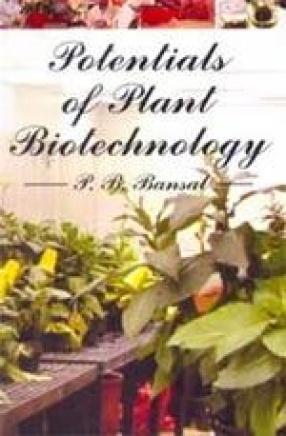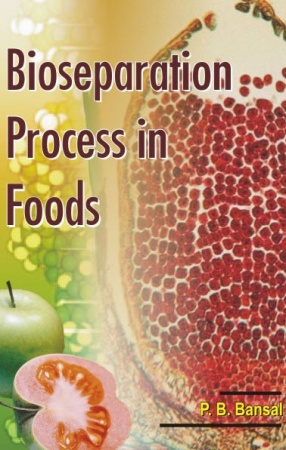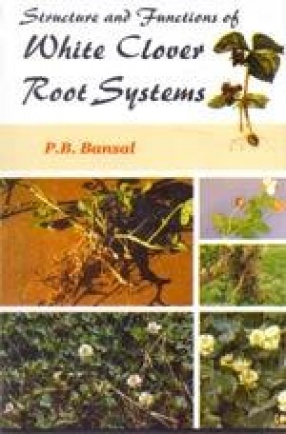
Showing all 5 books



Plant biotechnology covers a vast area of methodologies and technologies, ranging from specific tools to improve conventional plant breeding and production, to advanced and powerful tools that breaks with existing norms and principles. The potentials and limitations pf plant biotechnology in relation to plant breeding and production are therefore a complex area, and some preliminary information on long term environmental, social, economic and even ethical effects ...

Biotechnology offers efficient and cost-effective means to produce an array of novel, value-added products and tools. It has the potential to increase food production, reduce the dependency of agriculture on chemicals, lower the cost of raw materials, and reduce the negative environmental impacts associated with traditional production methods. With improved technology and knowledge about agricultural organisms, processes, and ecosystems, opportunities will emerge ...

The bioseparation techniques are increasingly important for biotechnology because separation is often the limiting factor for the success of biological processes. This book describes the basic principles and engineering design if various separation processes including chromatography, electrophoresis, extraction, crystallization, and membrance separation. It will stimulate young engineers and scientists who will develop bioseparation engineering further in the ...

The recent development in biotechnology have led to rapid progress in understanding the genetic basis of living organisms, and the ability to develop products and processes useful to human and animal health, food and agriculture, and industry. In agriculture, there is increasing use of biotechnology for genetic mapping and marker-assisted selection to aid more precise and rapid development of new strains of improved crops and livestock. Biotechnology application ...

White clover is a species of clover native to Europe, North Africa and West Asia. it has been widely introduced elsewhere in the world as a pasture crop. It grows in turfgrass, crops and landscapes. It is also found in a wide range of different field type environments. It can grow on many different types and pHs of soil, but prefers clay. White clover is relatively shallow rooted, with most roots in the top 20 cm of soil, although some roots extend to a depth of ...
